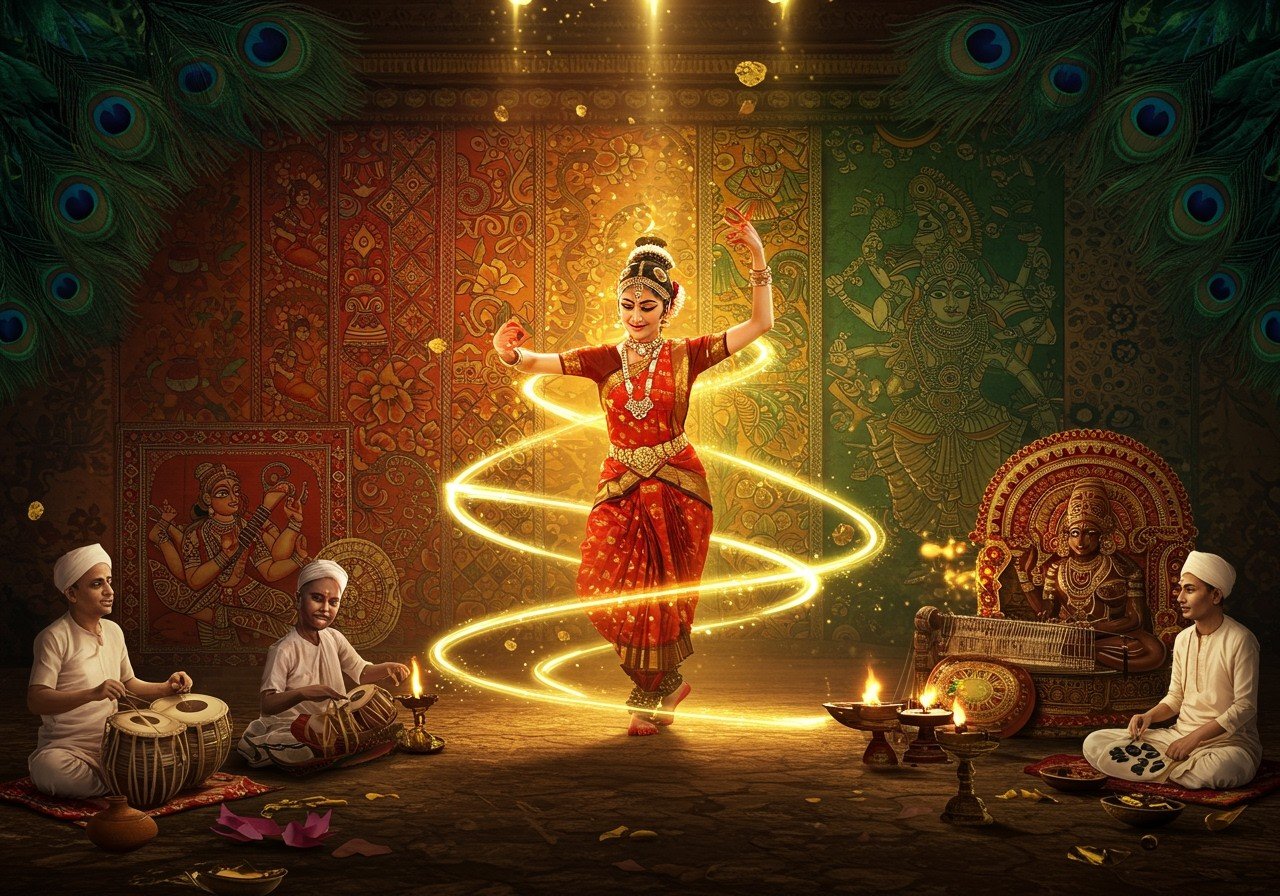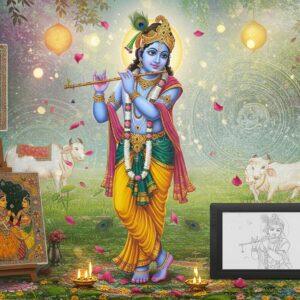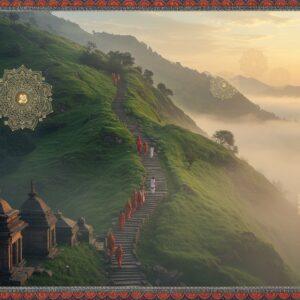
Indian art forms are a vibrant expression of the country’s rich history, culture, and spirituality. From ancient cave paintings to contemporary sculptures, India’s artistic heritage spans millennia, showcasing a diverse range of styles, techniques, and influences. This exploration delves into the fascinating world of Indian art, highlighting its significance and enduring legacy.
A Kaleidoscope of Artistic Expressions
Indian art encompasses a vast spectrum of creative endeavors, each with its unique characteristics and regional variations. These include:
- Painting: From the detailed miniatures of Mughal art to the vibrant folk styles of Madhubani and Warli, Indian painting traditions are incredibly diverse. These art forms often depict mythological narratives, religious themes, and scenes from everyday life, using natural dyes and pigments.
- Sculpture: Indian sculpture, ranging from ancient bronze castings to intricate temple carvings, showcases remarkable skill and artistry. The iconic Chola bronzes, known for their elegance and expressiveness, are a prime example of India’s sculptural heritage.
- Textile Arts: India’s textile traditions are renowned worldwide for their intricate designs and vibrant colors. Techniques like Ikat, Bandhani, and Kalamkari produce stunning fabrics that reflect regional aesthetics and cultural practices.
- Performing Arts: Classical dance forms like Bharatanatyam, Kathak, and Odissi, along with folk music and theatre traditions, add another layer of richness to Indian art. These performing arts often convey stories and emotions through intricate movements, rhythmic music, and vibrant costumes.
- Architecture: India’s architectural landscape is a testament to its rich history and cultural diversity. From ancient temples and mosques to colonial-era buildings and modern skyscrapers, the country’s architecture showcases a blend of styles and influences.
Influences and Inspirations
Indian art has been shaped by a confluence of influences, reflecting the country’s diverse religious, cultural, and historical experiences. These include:
- Religious Traditions: Hinduism, Buddhism, Jainism, Sikhism, and Islam have all left their mark on Indian art, inspiring iconic imagery, architectural marvels, and devotional practices.
- Cultural Exchanges: Interactions with Central Asia, Iran, and Europe have led to cross-cultural influences, enriching Indian art with new perspectives and techniques. The Silk Road played a crucial role in facilitating these exchanges.
- Folk and Tribal Traditions: The art forms of India’s diverse tribal communities offer a glimpse into their unique worldviews and cultural practices. These traditions often emphasize close relationships with nature and ancestral spirits.
Preserving and Promoting Indian Art
Efforts to preserve and promote Indian art are crucial for safeguarding this invaluable cultural heritage for future generations. These efforts include:
- Museums and Cultural Institutions: Museums across India and around the world house extensive collections of Indian art, providing opportunities for research, education, and public appreciation.
- Festivals and Exhibitions: Cultural festivals and art exhibitions showcase the diversity and vibrancy of Indian art forms, providing platforms for artists to share their work and connect with audiences.
- Online Resources: Digital platforms and online resources, such as those provided by the Ministry of Culture, offer access to information and educational materials about Indian art and cultural heritage. For instance, the Ministry of Culture website offers a comprehensive catalogue of Indian art from the fourteenth to the nineteenth century, showcasing sacred, court, rural, folk, and tribal traditions.
Poojn.in: Your Gateway to Indian Culture
For those seeking to connect with Indian art and culture in a tangible way, Poojn.in offers a curated selection of products that reflect the country’s rich artistic traditions. Check out these relevant products from poojn.in:
- Turmeric Cream for Pooja: Enhance your spiritual practices with this specially formulated turmeric cream.
- Sandal Incense Sticks: Create a serene atmosphere with the fragrant aroma of sandalwood incense.
- Radha-Krishna Bigraha (14-inch): Bring divine grace into your home with this beautifully crafted Radha-Krishna sculpture.
Explore the diverse collection at poojn.in and discover the beauty of Indian art and culture.
Conclusion
Indian art forms are a living testament to the country’s rich cultural heritage. By appreciating and supporting these art forms, we contribute to their preservation and ensure that their beauty and significance continue to inspire future generations. Explore the world of Indian art and discover the profound stories it tells.


